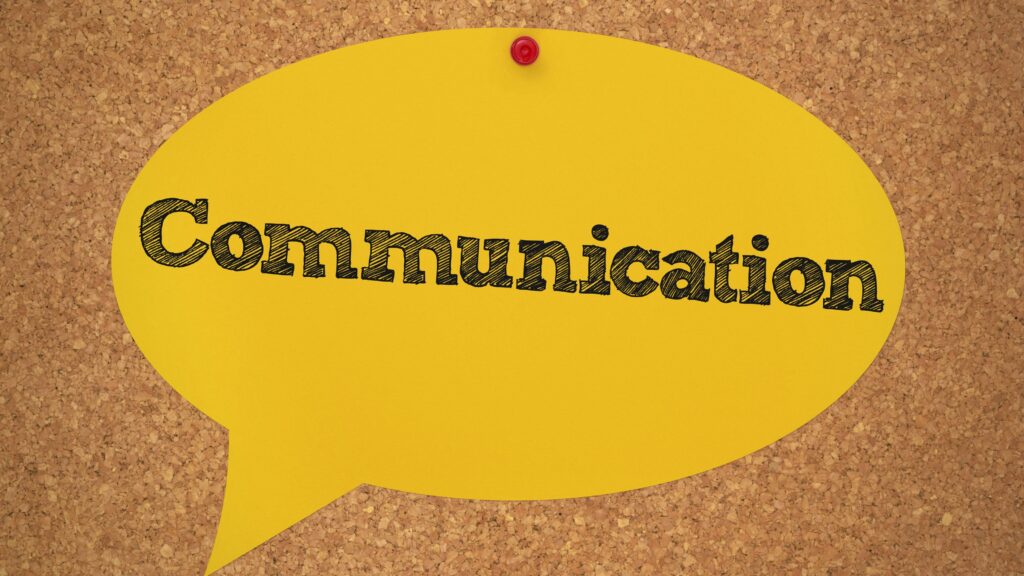
Outsourcing has become a vital strategy for businesses looking to scale, reduce costs, and access global talent. However, one of the most common concerns is whether cultural and language differences will create communication barriers that could impact workflow and productivity. While these concerns are valid, the reality is that outsourcing firms have developed robust solutions to bridge any gaps. With the right strategies, businesses can communicate effectively with their offshore teams, ensuring smooth collaboration.
Common Concerns About Communication in Outsourcing
Effective communication is a cornerstone of successful outsourcing. However, businesses often hesitate due to concerns about language proficiency, time zone differences, and cultural misunderstandings. If not addressed properly, these factors can hinder workflow, reduce efficiency, and impact overall business performance. Understanding these challenges is the first step toward mitigating them.
- Language Proficiency
One of the primary worries is whether the outsourced team has strong English proficiency, especially when working with teams in non-English-speaking countries. Misinterpretations and misunderstandings can lead to costly mistakes.
- Time Zone Differences
When outsourcing to a different continent, there’s often a significant time gap. Some businesses fear this might slow down projects or limit real-time interactions.
- Cultural Differences in Business Communication
Different cultures have unique ways of expressing agreement, disagreement, urgency, and professionalism. A simple phrase or tone may be interpreted differently across cultures, affecting teamwork and collaboration.
- Variations in Work Styles
Some cultures emphasize hierarchy and indirect communication, while others value directness and individual initiative. Misalignment in expectations can cause frustration and inefficiency.
Impact of Communication Concerns
Communication barriers in outsourcing can significantly affect business operations if not managed properly. Poor communication can lead to misunderstandings, inefficiencies, and even financial losses. By identifying potential risks, companies can implement measures to prevent these challenges from escalating.
- Reduced Productivity
When communication is unclear, tasks may take longer to complete due to constant clarification, rework, and unnecessary back-and-forth discussions.
- Increased Errors and Misinterpretations
Misunderstood instructions can result in costly errors, affecting the quality of work and the overall efficiency of the project.
- Employee Frustration and Low Morale
Both in-house and outsourced teams may feel frustrated if communication is ineffective. This can lead to disengagement and higher turnover rates.
- Customer Dissatisfaction
If outsourced customer service or support teams struggle with communication, customer experience and brand reputation may suffer.
How Outsourcing Firms Address Language and Cultural Barriers
Outsourcing providers have recognized these communication concerns and have developed strategies to overcome them. They focus on hiring skilled professionals, offering training programs, and implementing structured communication frameworks to ensure smooth collaboration.
- Hiring English-Proficient Talent
Leading outsourcing firms prioritize hiring professionals with strong English skills, often requiring standardized language tests and fluency assessments.
- Training and Cultural Sensitivity Programs
Outsourcing providers invest in training programs to ensure employees understand cultural nuances and business etiquette of the client’s country.
- Overlapping Work Hours for Real-Time Collaboration
Many outsourcing companies offer flexible shifts to provide overlap with the client’s business hours, ensuring timely communication.
- Dedicated Account Managers and Project Coordinators
Having an intermediary ensures smooth communication by bridging gaps between the client and the offshore team, helping to clarify expectations and resolve issues.
Best Practices for Seamless Communication with Offshore Teams
Businesses that proactively implement best practices for communication can significantly improve collaboration with their outsourcing partners. Clear expectations, the right tools, and effective training programs help bridge any communication gaps.
Define Clear Expectations from the Start
Set clear guidelines on project goals, deadlines, preferred communication channels, and expected response times.
Use Collaboration and Project Management Tools
Platforms like Slack, Microsoft Teams, Asana, and Trello help teams stay organized and facilitate smooth communication.
Conduct Regular Video Meetings
Face-to-face interactions through Zoom or Google Meet help build rapport and improve mutual understanding.
Encourage Open and Inclusive Communication
Foster a work culture where team members feel comfortable asking questions and providing feedback.
Invest in Cross-Cultural Training for Both Sides
Just as outsourced teams learn about the client’s culture, businesses should also understand cultural differences to promote better collaboration.

Conclusion
Communication challenges in outsourcing are real, but they are far from insurmountable. With the right approach—leveraging technology, hiring skilled professionals, and fostering cultural awareness—businesses can overcome language and cultural barriers effectively. Successful outsourcing relationships are built on clarity, collaboration, and mutual understanding. When done right, outsourcing not only reduces costs but also enhances efficiency and business growth.
By proactively addressing communication concerns, companies can unlock the full potential of outsourcing and build strong, productive global teams. Ready to experience seamless communication and efficient outsourcing? Contact us today and discover how our expert teams can help your business thrive!

